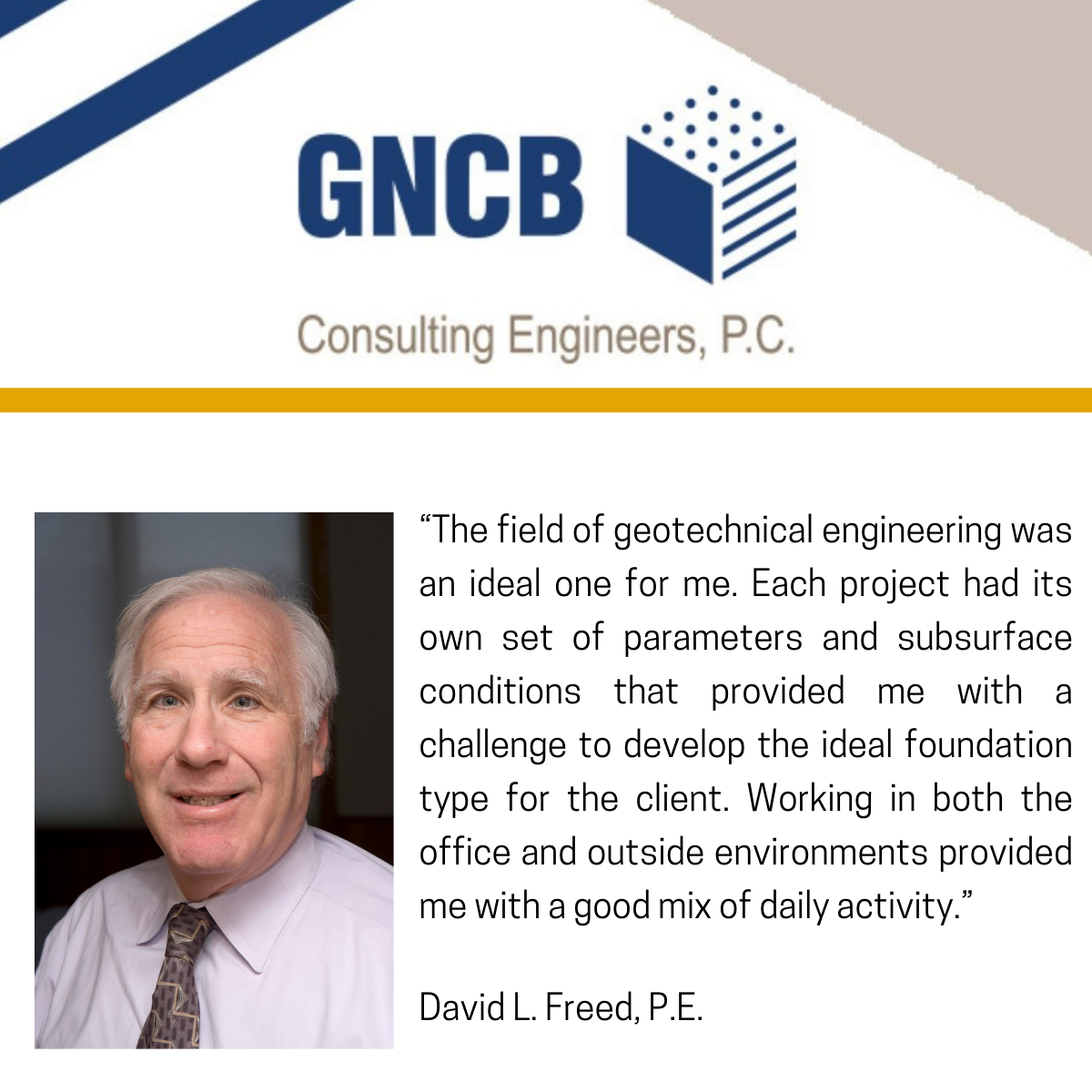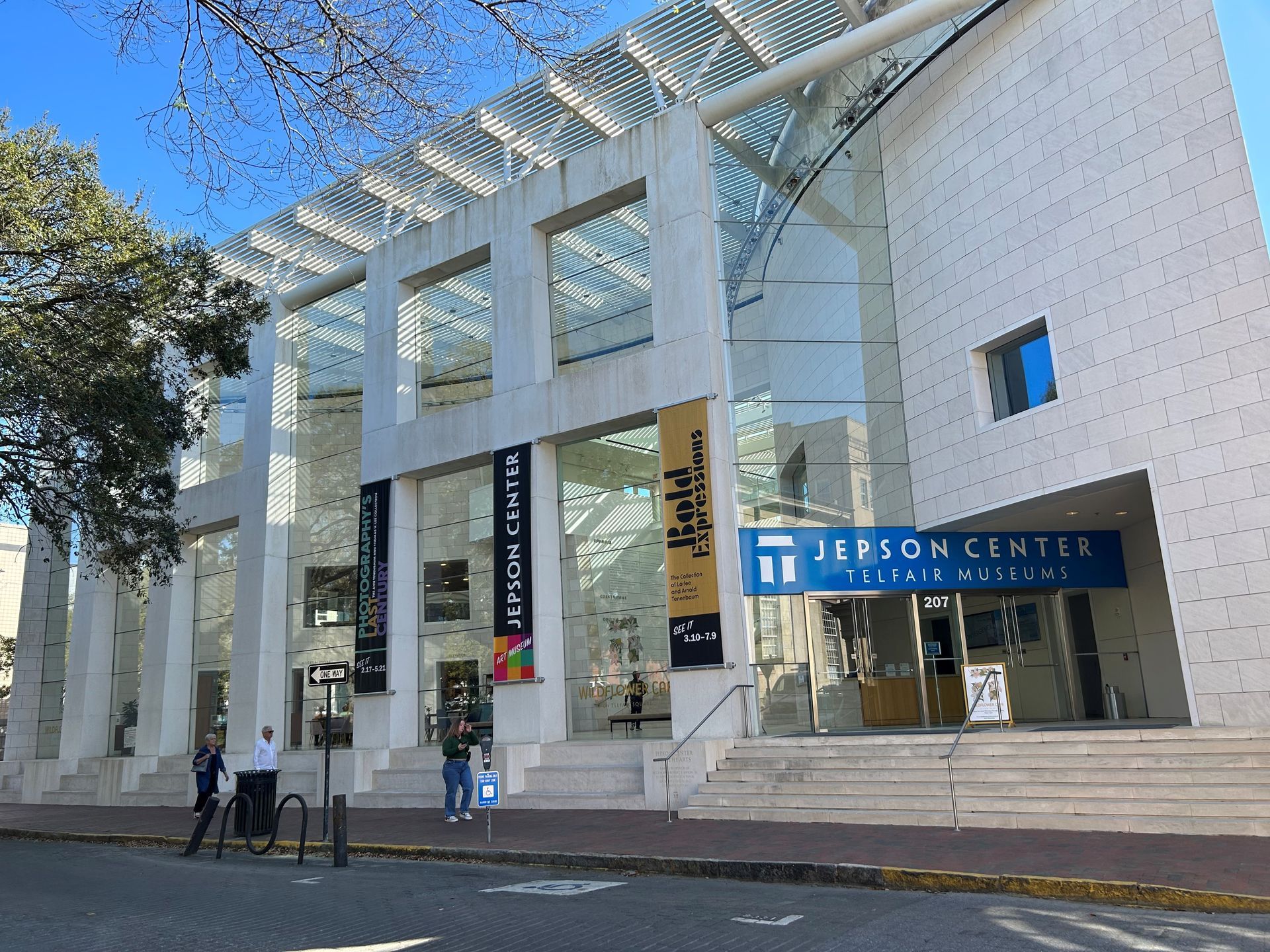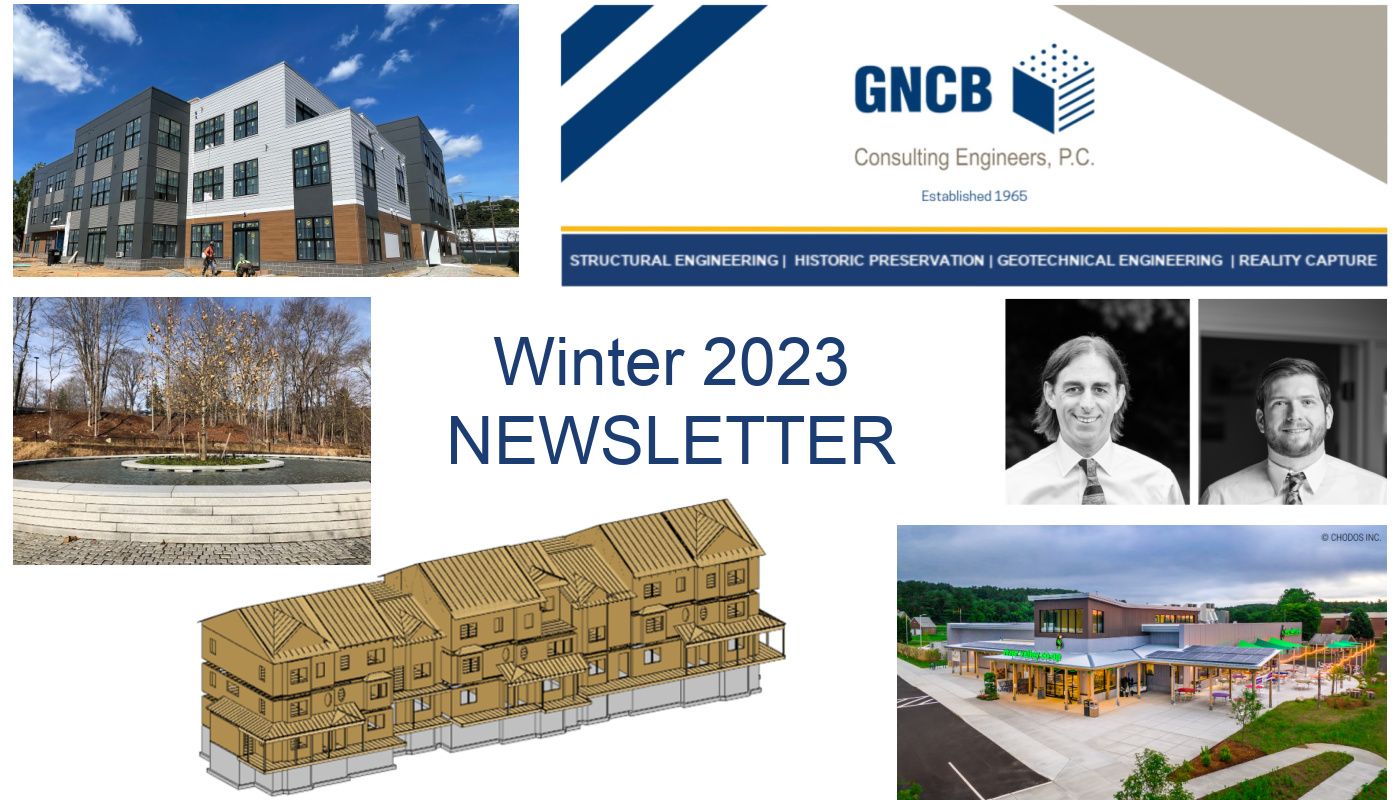GNCB Attends CSCE Spring 2017 Geotech Workshop on CT Varved Clay
New Haven, CT
David Freed , GNCB Geotechnical department head, recently attended an informative one-day geotechnical workshop on the Connecticut Valley Varved Clay (CVVC). About 60 geotechnical professionals attended the workshop, sponsored by the Connecticut Society of Civil Engineers , which was held at the University of New Haven. Dr. Stanley Bemben - consultant, former UMASS professor, workshop organizer, and primary speaker - put together a team of seven speakers from the university and design professional environment to address topics on geologic aspects, characteristics and behavior, the “cementation” phenomenon, construction aspects. Several case studies were presented as well.
The CVVC deposit, which ranges up to about 100 ft. thick, is a direct result of the yearly deposition of alternating thin layers of silt and clay within the former Lake Hitchcock. This glacial lake, which is reduced in size and now approximately aligns with the Connecticut River, extends from about Hartford CT to the northern USA/Canada border. A clay and silt layer represent one year’s cycle of time; the number of cycles, much like the rings of a tree, are studied to provide a realistic estimate of the age of the deposit. The surface of the clay is stiff (desiccated crust), a result of exposure to drying once the lake was drained, however the majority of the deposit is very soft which exhibits large settlements when stressed above its maximum past pressure. In his presentation, Dr. Bemben states that “the silt/clay deposit has an inherent “cementing” due to precipitation of cementing agents and an ongoing time dependent aging process”. One net effect of the cementation process results in an under estimation of compressibility properties when interpreting one-dimensional consolidation tests using classical Terzaghi analysis.
The CVVC deposit is well-studied, however its compressibility and strength characteristics vary considerable between locations. One and two story structures can often be supported on shallow spread footing foundations, provided there is an upper alluvium sand or the surface of the CVVC has a desiccated crust. However taller structures often requires improvement of the CVVC by preloading that is aided by wick/sand drains, or by driving deep piles to the underlying dense glacial till or rock. Due to the variable despite characteristics, tall structures supported on top of the CVVC requires a program of laboratory index, compressibility, and strength testing to document conditions at a specific site.
Working within the CVVC deposit can also be challenging. The soils are generally sensitive, requiring careful field procedures to preserve its intact condition, bearing capacity and strength. Workmen can easily disturb soils to the extent that they can no longer support the specified soil bearing.
David Freed can be contacted at freed@gncbenigneers.com.





